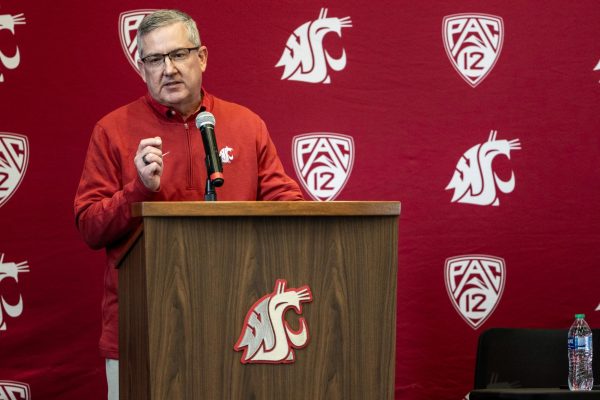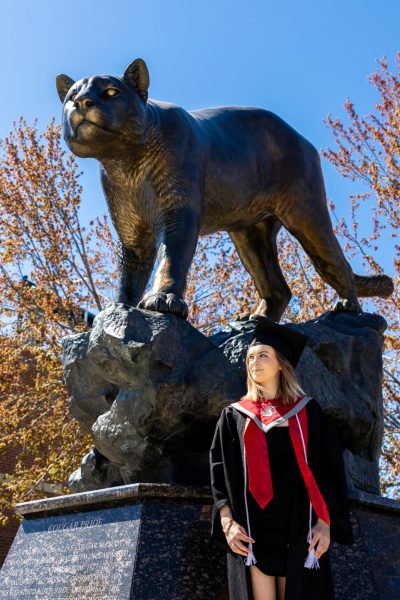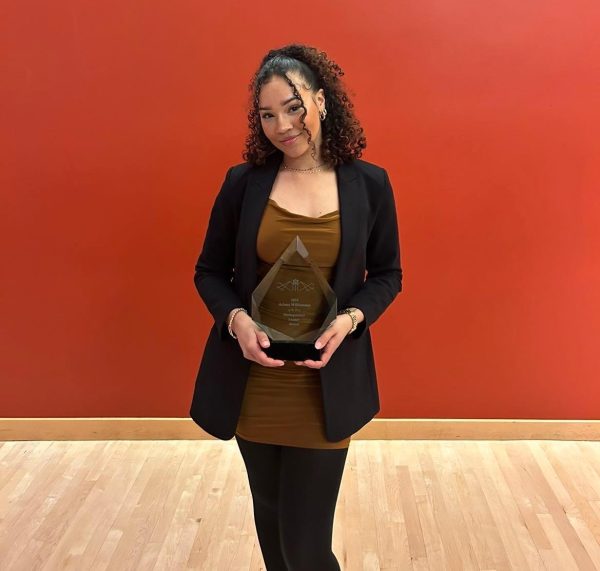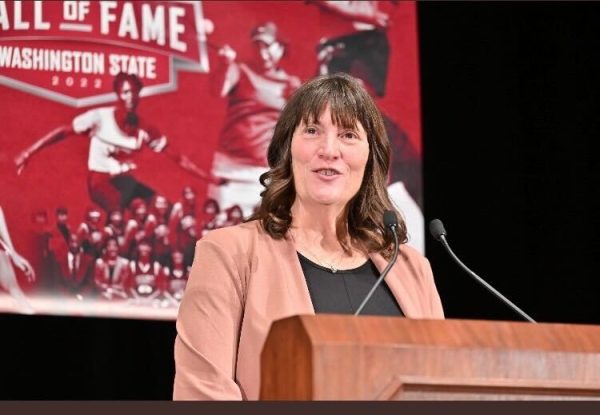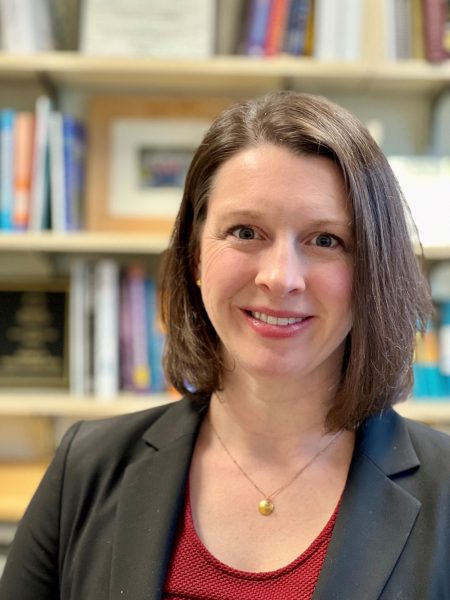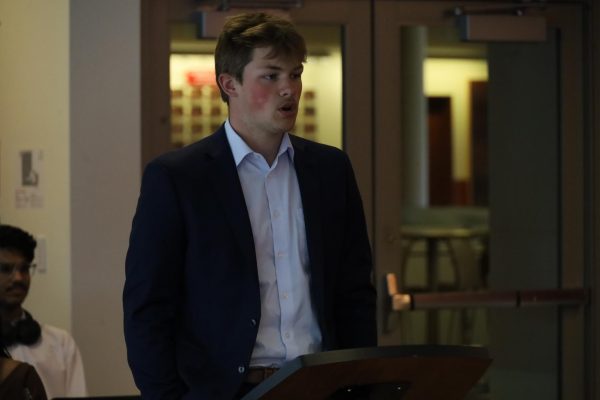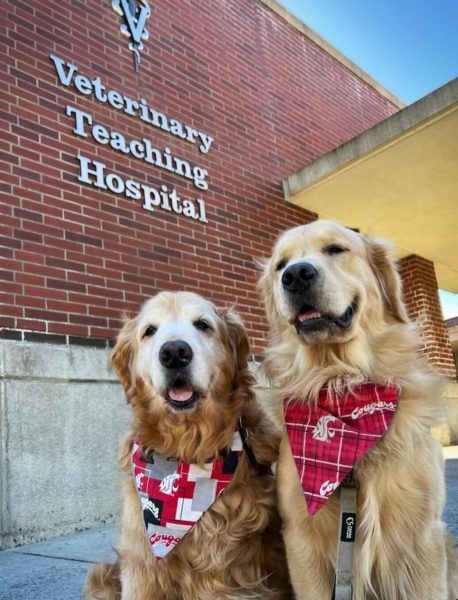Airport project may require research building removal
Animal science, horticulture and agriculture facilities like this one may have to move to make room for the proposed runway to be built at the Pullman-Moscow Regional Airport.
April 19, 2016
{{tncms-asset app=”editorial” id=”a409d054-05db-11e6-aa26-3773b9b0aa41″}}
The Pullman-Moscow Regional Airport needs to build a new runway to allow for larger aircraft to land, but some WSU facilities will fall within the project’s borders.
“We need to be very open-minded and collaborative about this,” said Olivia Yang, associate vice president of WSU facilities services.
Agriculture, animal science and horticulture research facilities and part of the Palouse Ridge Golf club will fall within the borders of the Runway Protection Zone (RPZ).
According to a technical memorandum concerning the RPZ, the proposed runway would end 200 feet from the closest agricultural research buildings.
The Federal Aviation Administration (FAA) defines an RPZ as, “a trapezoidal area off the end of the runway that serves to enhance the protection of people and property on the ground in the event an aircraft lands or crashes beyond the runway end.”
The runway realignment project will affect research facilities that are home to more than 10 different academic or research programs at WSU, according to the memorandum.
According to the FAA, some uses of RPZ land are permitted, “provided they do not attract wildlife.”
Most of the buildings in the proposed RPZ house animals, but it is feasible to move the operations, said Bryan Slinker, dean of the college of veterinary medicine.
“We don’t need so many buildings,” Slinker said. “We need a similar amount of space.”
The College of Agricultural, Human and Natural Resource Sciences (CAHNRS) collaborates with the U.S. Department of Agriculture (USDA) as part of a federally funded program.
WSU and USDA researchers learn from each other and help each other come up with funding, said Donald P. Knowles, professor and research leader of veterinary microbiology and pathology.
WSU and USDA researchers also learn from research conducted at the nearby Tukey Horticulture Orchard, also located in the proposed RPZ.
The proximity and collaboration between the facilities allows them both to do more than they would normally do alone, Slinker said.
Those involved are working with the airport to find a solution that will not significantly affect research and allow the airport to do what it needs to do, Knowles said.
If the airport does not have a bigger runway to accommodate larger aircraft, there will be no more flights to Pullman, said Tony Bean, executive director of airport management.
“It is important to understand that the university wants the airport,” Yang said. “Air travel is very important to Pullman.”
Workers at the facilities in the RPZ conduct more than $8 million in research activity every year, Slinker said.
According to the memorandum, the airport could build the new runway 2,785 feet to the east to avoid the agricultural buildings. This alternative would require the airport to move 9.6 million cubic yards of soil and would cost an estimated $92 million.
“The East Shift alternative is estimated to increase project costs by $32 million,” according to the memorandum.
Under the Uniform Land Relocation Act, the airport is not able to begin negotiating prices for landowners until an offer is made, Bean said in an interview with Moscow-Pullman Daily News.
The runway realignment project has received $2.5 million from the city of Pullman, $2.5 million from the city of Moscow, $1 million from Schweitzer Engineering Laboratories, $1 million from Ed and Beatriz Schweitzer, a $500,000 pledge from University of Idaho, $250,000 from Whitman County, a $250,000 grant from the Washington State Department of Transportation’s Aviation Division, $100,000 from Latah County, and more funding from other sources, Bean said.








